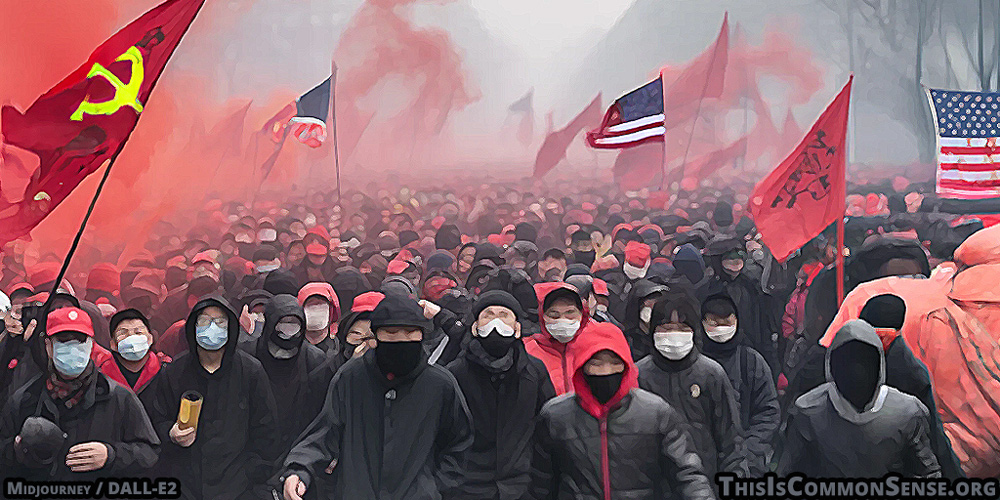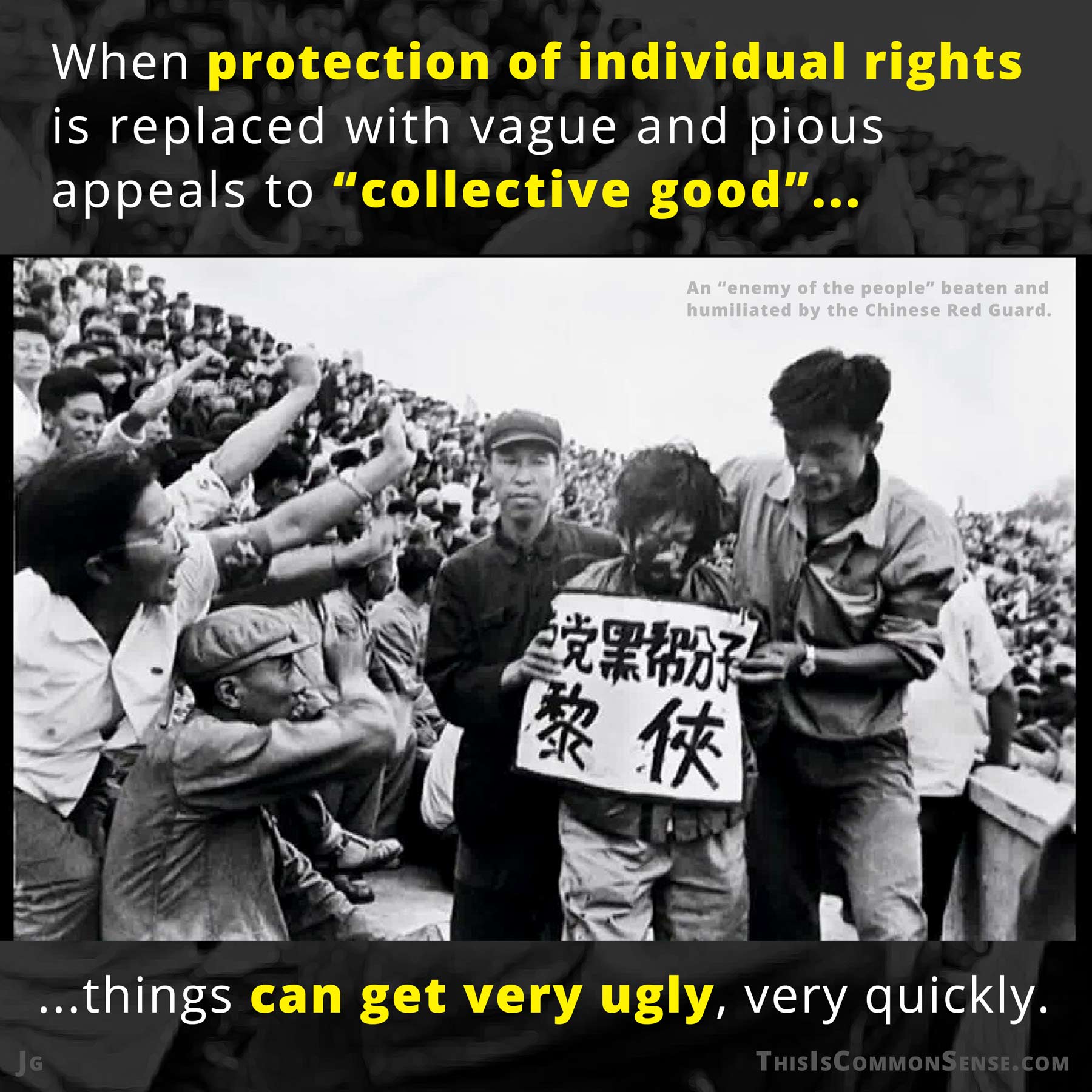“There is a whole intellectual structure, architecture, and, ultimately, strategy bound up with the idea of how to disrupt society, disrupt the West, overthrow the traditional order,” M.L.R. Smith tells Epoch Times.
According to Smith and David Jones, authors of The Strategy of Maoism in the West: Rage and the Radical Left (2022), the conduct of the America’s radical Left resembles that of the Red Guards and others during the Cultural Revolution of the 1960s and 1970s in China.
The authors got the idea for their study from the riots that swept the U.S. after the killing of George Floyd. These rage-filled protests-turned-riots made them think of Maoism:
- Defacing and toppling of monuments, reminders of the pesky past.
- Shouting down and “cancelling” speakers. (Sometimes physically as well as verbally assaulting them.)
- Abject kneeling and self-criticism in response to alleged wrongdoing, including “‘white guilt’ genuflection.”
The parallels are real, even though the scale of the humiliations and destruction that we have seen is nowhere near that of the Cultural Revolution, when millions were tortured and murdered.
Jones says Maoism was bred in China and hothoused in Paris but “achieved its global appeal in the Ivy League schools of the United States,” where it is manifest in thinking about race and gender.
The authors explore the nature of rage as a motivating force and strategy, “an energy to be harnessed as a mode of power.” This is the fuel of many a revolution, where mob action serves as a kind of open terrorism. Histories and treatises are filled with it.
America’s Founding Fathers feared such rage, hence in their revolution they stated principles in elegant but clear sentences. They expected argument and readily engaged.
But now?You can’t reason with rage.
This is Common Sense. I’m Paul Jacob.
Illustration created with PicFinder.ai and DALL-E2
—
See all recent commentary
(simplified and organized)


